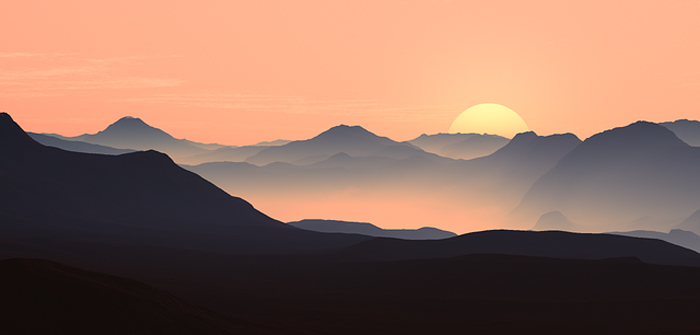So-called ‘blocks’ in the jet stream can lead to extreme weather events such as heatwaves and winter cold snaps. But the reasons why they happen are still hotly debated by scientists despite decades of study.
An atmospheric block typically occurs at the western edge of a continent when the jet stream splits, trapping a region of air thousands of kilometers across. The huge mass of stalled air can remain in that state for weeks, leading to potentially devastating weather impacts.
In the summer of 2003, for example, a block in Western Europe caused a record-breaking heat wave that led to more than 70,000 deaths.
Among the new theories for why blocks happen is one proposed by Harvard University atmospheric scientist Lei Wang, who linked the phenomenon to the behaviour at high latitudes of the Coriolis force, an effect of Earth’s rotation that can cause the jet stream to meander and contort.
Other researchers have suggested that climate change may be playing a role in the phenomenon. US climate scientist Jennifer Francis has suggested that warming in the Arctic may be slowing down the jet stream and causing it to create larger block-like meanders, which in turn result in more extreme winter storms.
Yet another theory that has emerged in recent years highlights the role that moisture in the atmosphere plays in block formation. Stephan Pfahl, an atmospheric dynamicist at the Free University of Berlin, found through case studies and modeling that many blocks persist only if fed air in which water vapor has condensed into clouds and rain. This moist air releases heat that uplifts the air mass contained in the block.
But despite the recent theories and research on the phenomenon dating back to the early 1980s the scientific community is no closer to reaching a consensus on why blocks happen. Wang told Science Mag, “The lack of theory is really the root cause of a lot of the confusion we now have.”



